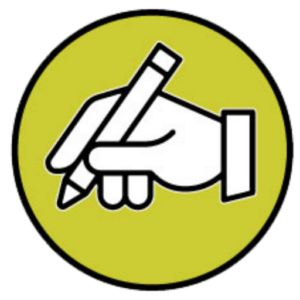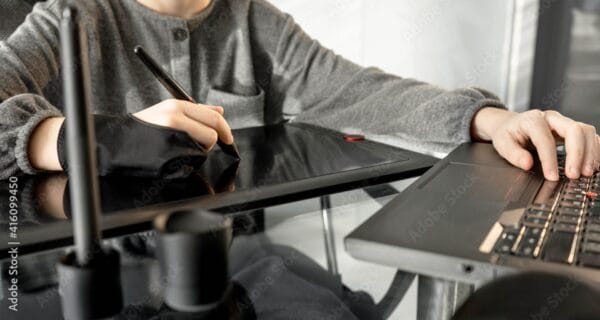Keyword: digital drawing how to
Before you dive into digital drawing, you’ll need to acquire some essential tools. Your primary gadget is a drawing tablet or a device with a touchscreen and stylus support. This can be a dedicated graphics tablet like a Wacom, a tablet computer such as an iPad with Apple Pencil, or even a hybrid laptop that supports pen input.
[embedyt] https://www.youtube.com/watch?v=hZab0IN4dmg[/embedyt]Starting with the Right Tools
Alongside your hardware, you’ll need drawing software—popular options include Adobe Photoshop, Procreate for iPad, or free alternatives like Krita and GIMP. Choose a tool that fits your budget and feels intuitive to use.
Understanding Your Software
Spend some time familiarizing yourself with the software. Start by learning how to create a new document and the meaning of basic terms like layers, brush, eraser, and undo. Most software will have a toolbar where you can find these and other options. Layers are essential in digital drawing; they allow you to draw different elements on separate virtual ‘sheets’ that stack on top of each other. Experiment with various brushes and discover how changing the size, opacity, and hardness affects your strokes.
Your First Digital Sketch
Begin with something simple like a basic shape or a character sketch. Keep it rough and focus on getting the feel of drawing on a tablet. Use the sketching pencil or brush tool to lay down the initial lines. Don’t worry about making mistakes—it’s all part of the learning process. Keep your hand relaxed, and try not to press too hard; you can always adjust the brush pressure sensitivity in the settings if you need to.
[embedyt] https://www.youtube.com/watch?v=9aQmMCoiVO8[/embedyt]Refining Your Sketch
Once you have a rough sketch, it’s time to refine it. Lower the opacity of your initial sketch layer and add a new layer on top. On this new layer, use a finer brush to trace over your sketch with more precision. This process is akin to inking and gives you a cleaner version of your drawing. As you become more adept, you can begin to play with line weights, adding thickness to lines for depth and emphasis.
Adding Color and Shading
Coloring is where your drawing really starts to come to life. Create a new layer beneath your refined sketch for color. Choose a basic color palette to begin with to avoid overwhelming yourself with choices. Block in the base colors first, and be sure to use different layers for different colors or elements if they overlap; this keeps your ability to edit them individually without affecting the others. After you’ve applied flat colors, create a new layer for shadows and another for highlights. Use a soft brush with lower opacity to build up these areas gradually for a more realistic effect.
Final Touches
The final stage involves adding details that make your drawing stand out. This could include textures, patterns, or fine details like eye reflections or hair strands. You might also adjust the overall color balance or add effects like glows or lens flares if appropriate. Remember that sometimes less is more, so take a step back and review your drawing before adding anything that might be unnecessary.
Practice and Experiment
[embedyt] https://www.youtube.com/watch?v=u4GMXUzamP4[/embedyt]The most important aspect of digital drawing is practice. With time, your coordination and comfort level with the tablet and software will improve. Experiment with different styles, brushes, and techniques to find what works best for you. Don’t be afraid to look up tutorials or ask for feedback from more experienced digital artists. Learning from others can drastically improve your skills.
Sharing Your Work
Once you’re satisfied with your creation, it’s time to share it with the world. Most digital art platforms allow you to upload your art directly or after saving it in a preferred format like .jpg or .png. Engage with the community, seek constructive criticism, and continue to develop your unique style.
Digital drawing is a rewarding skill that allows for great creativity and flexibility. With these basic steps in hand and a dedication to continual learning, you’re on your way to producing digital art that you can be proud of.

